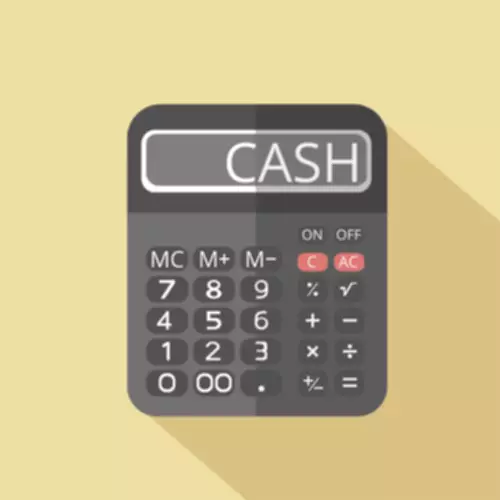Content

In order to compare business risk across companies and industries, it is necessary to adjust for financial risk. Arzac and Glosten , based on the approach of Miles and Ezzell, developed a unique method which eliminates the discount rate. They derived the formula for the company market value, for the market value of equity and for market value of tax shield using an iterative process. Harris and Pringle model is based on the previous model while the constant leverage is assumed. The company continuously rebalances its capital structure to achieve the fixed debt-to-equity ratio.
- In conclusion, we can see the effects of the interest tax shield from our simple comparison of two companies with two different capital structures.
- The amount of interest expense at the end of each period has been correctly calculated to maintain this constant debt-to-equity ratio.
- Given that the MM model predicts zero cost of financial stress, the enterprise could be funded theoretically only by debt.
But the market cost of capital or interest rate on debt remains at 10%. This is because the entity giving you the loan faces the same economy-wide interest rates and risks. Therefore, the value of the fixed obligation at market value should still be discounted at a rate of 10%. In terms of valuation, assume the beneficial tax shield can be assumed by a new buyer. Then, when you sell the house, your equity value is increased by the subsidy on interest payments.
Company
The cost of debt and the yield on debt are equal and given by ##r_D##. A retail furniture company buys furniture wholesale and distributes it through its retail stores. The owner believes that she has some good ideas for making stylish new furniture. She is considering a project to buy a factory and employ workers to manufacture the new furniture she’s designed. Furniture manufacturing has more systematic risk than furniture retailing.
If you deliberately claim specific tax credits that you’re not eligible for, then you are committing tax fraud. If an investor pays $1,000 of capital, at the end of the year, he tax shield will have ($1,000 return of capital, $100 income and –$20 tax) $1,080. Paying out funds for charitable contributions, to charge off the contributions as a taxable expense.
Benefits
The tax shield’s value is the amount of money it saves on taxes. An interest tax shield equals the cost of interest multiplied by the company’s tax rate. The cost of interest appears elsewhere on the cash flow statement as a payment to the lender. However, this is the cost of doing business that the company would incur regardless of its tax implications. NPV generally uses the weighted average cost of capital as the discount rate, while APV uses the unlevered cost of capital as the discount rate and later adds interest tax shields. The value of a debt-financed project can be higher than just an equity-financed project, as the cost of capital falls when you use leverage.

For example if debt was 1,000 at with an interest rate of 10% and the coupon rate is reduced to 6%, the market value of debt decreases form 1,000 to 600. If the opportunity cost of debt for providers of funds is 10% both before and after the coupon rate decrease, the value of the debt declines to 60 of interest/10% or 600. In valuation and finance texts including texts by Damarodan and the McKinsey Valuation book, various methods are typically described. Some of the most irritating discussion is in a HBS article that seems to promote the APV method as some sort of advanced method that better reflects management strategy. An example of discussion of different methods that say nothing about any underlying theory of how tax shields should be value is illustrated below.
Main tax shield valuation theories
An interest tax shield saves you money by using debt instead of further investment. If you invest in a new project with business cash or a capital contribution, the full amount of return on that investment is taxed. The before-tax cost of debt is less than the before-tax cost of equity.

Finally, the tax shield is calculated by multiplying the sum of tax-deductible expenses and the applicable tax rate, as shown above. Depreciation Tax ShieldThe Depreciation Tax Shield is the amount of tax saved as a result of deducting depreciation expense from taxable income. It is calculated by multiplying the tax rate with the depreciation expense.

